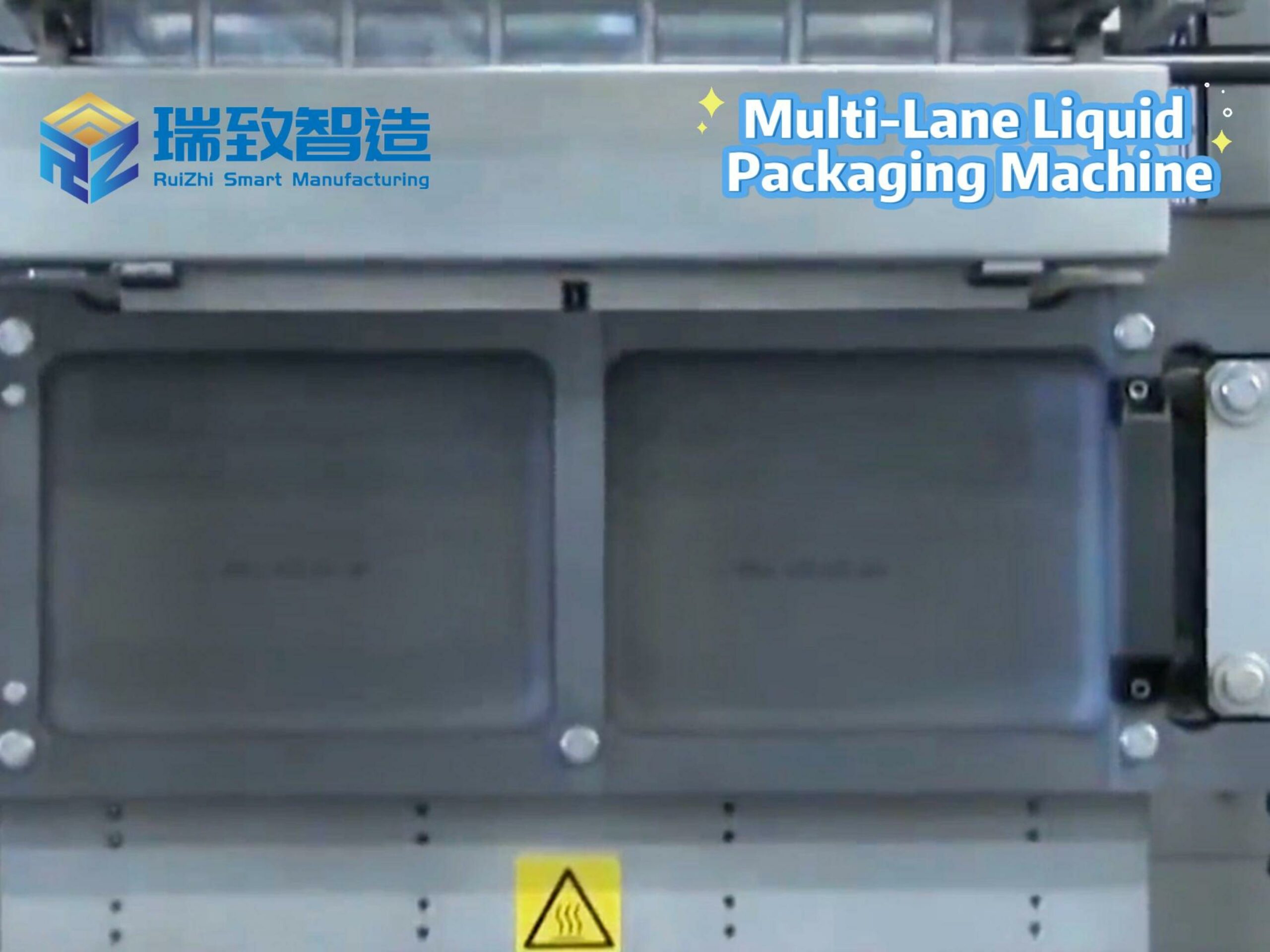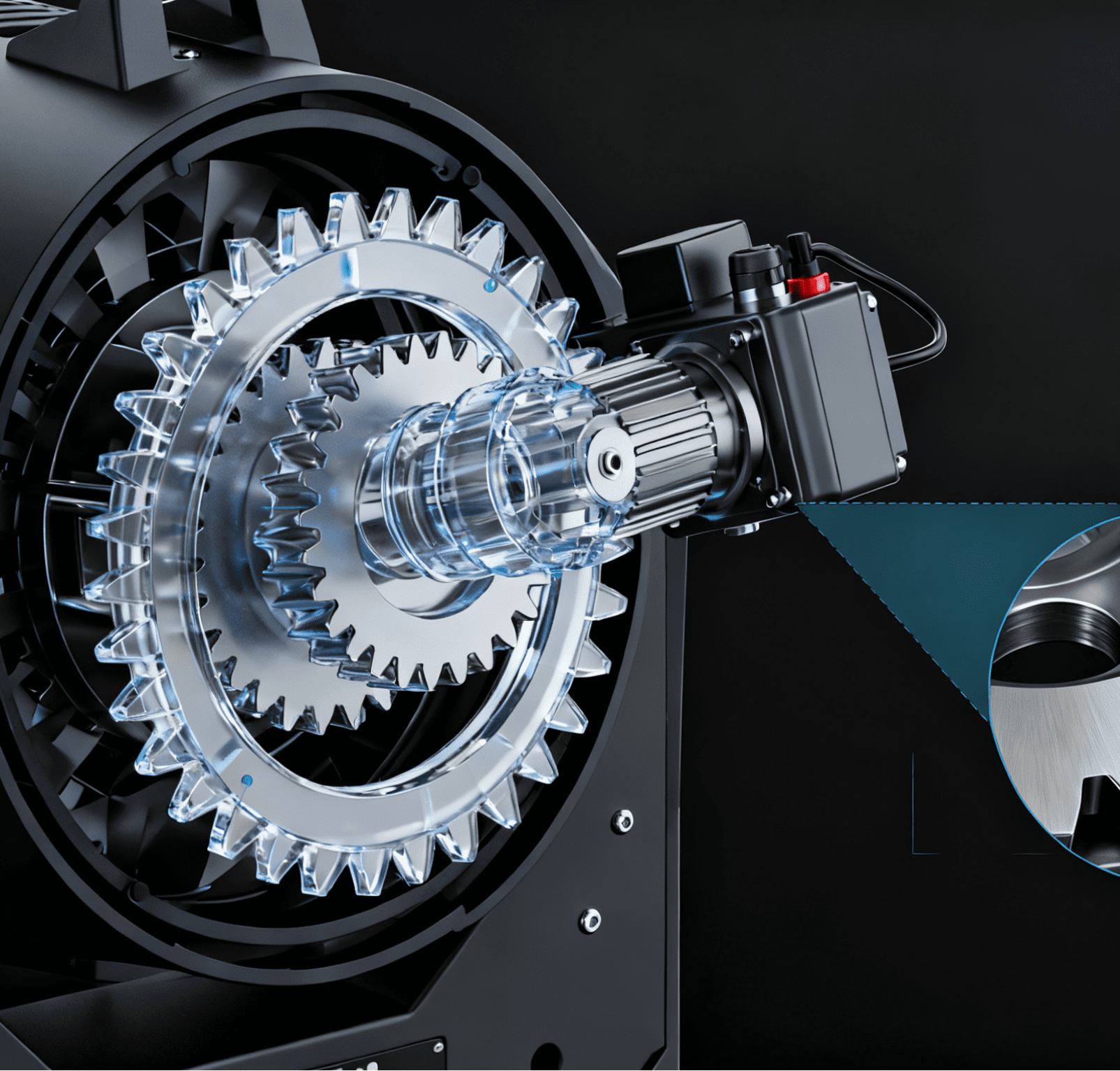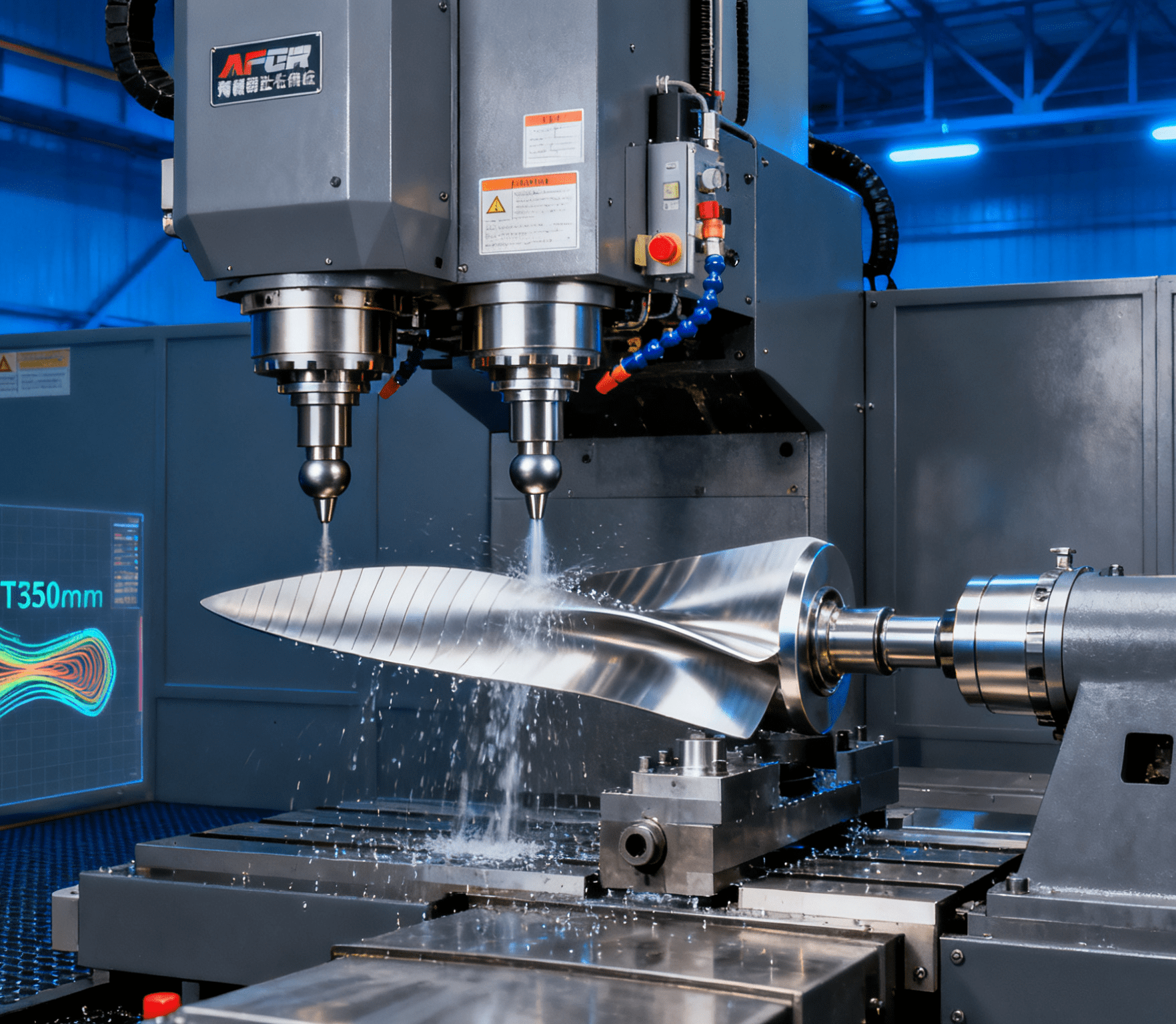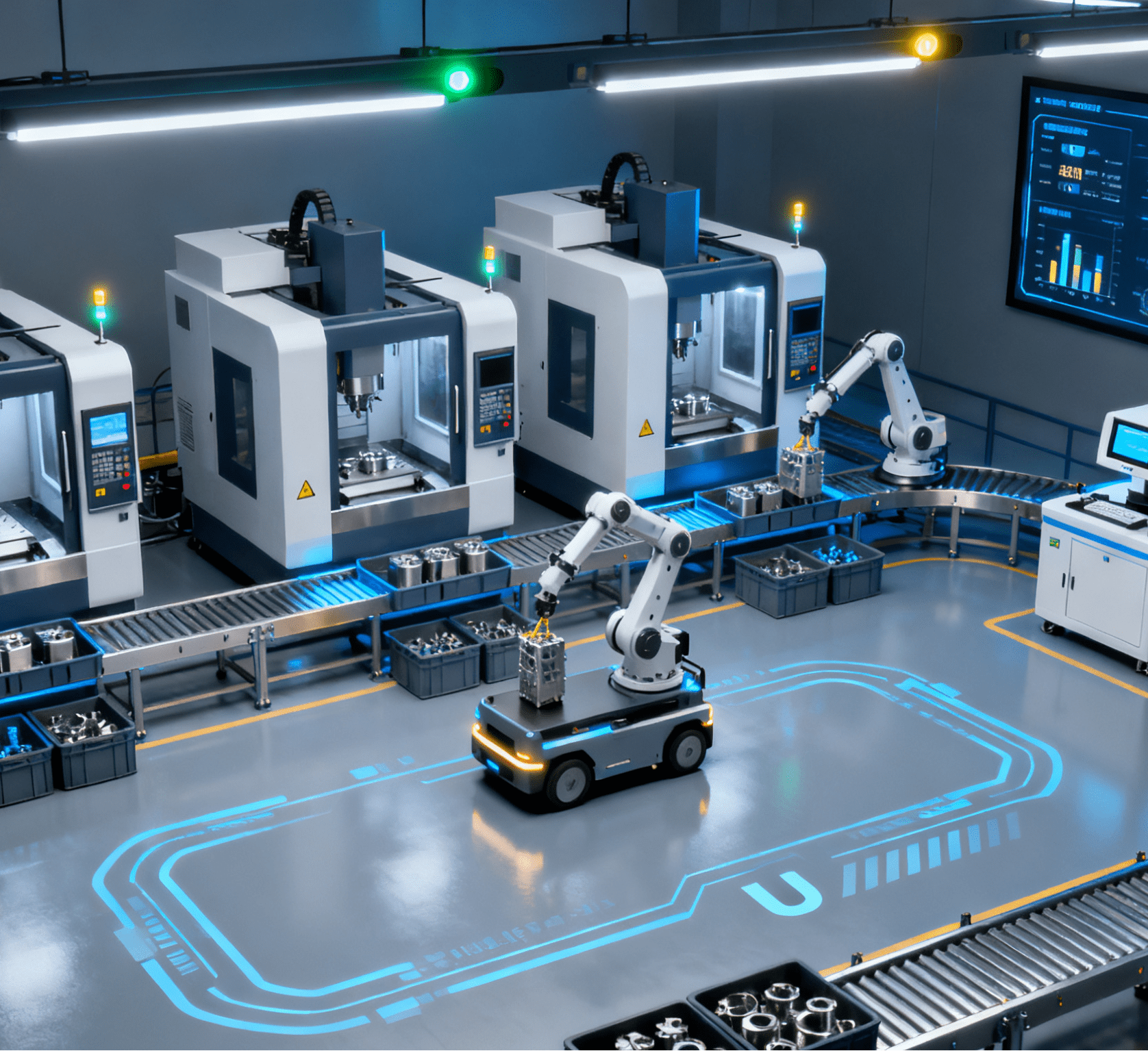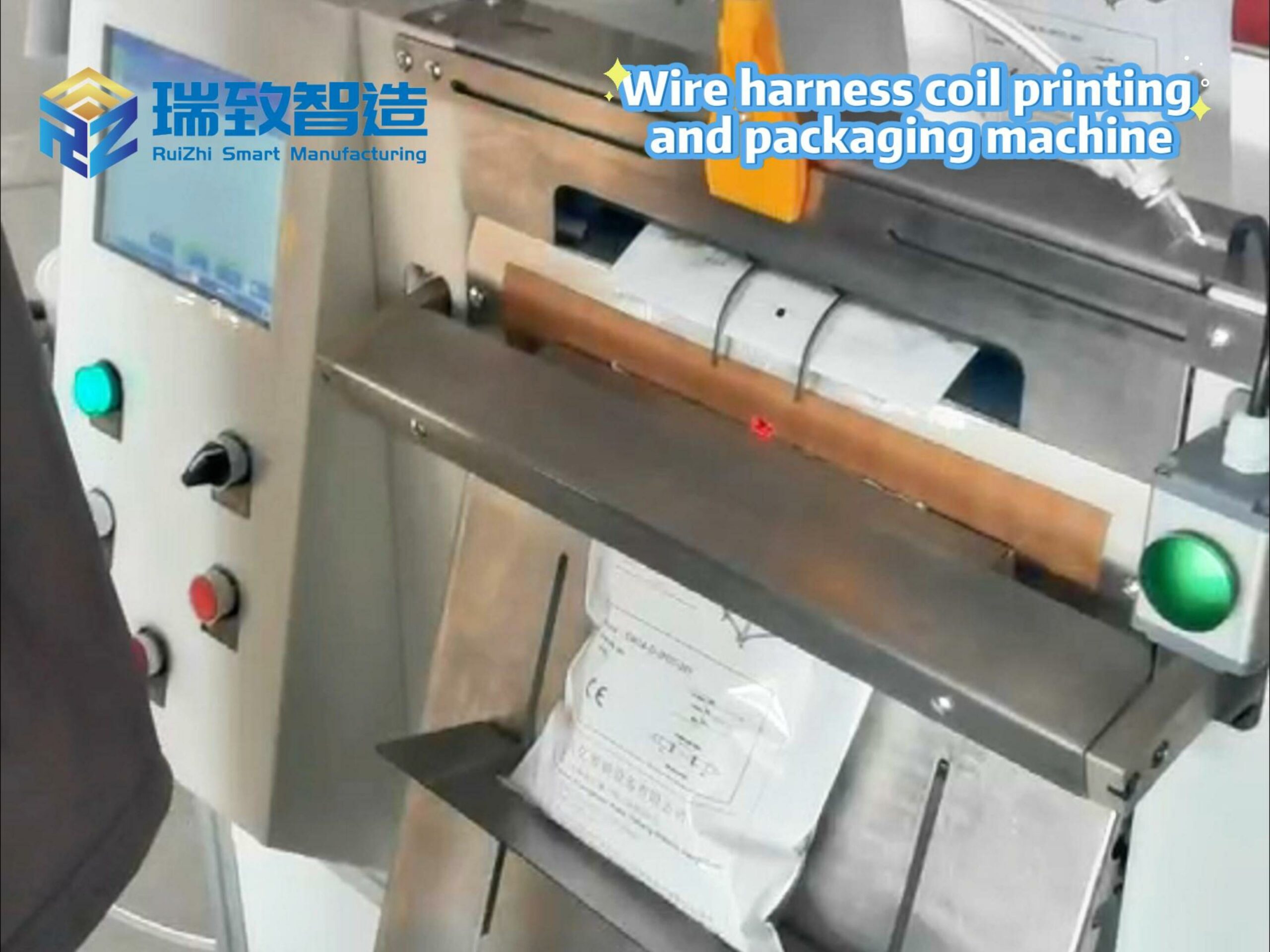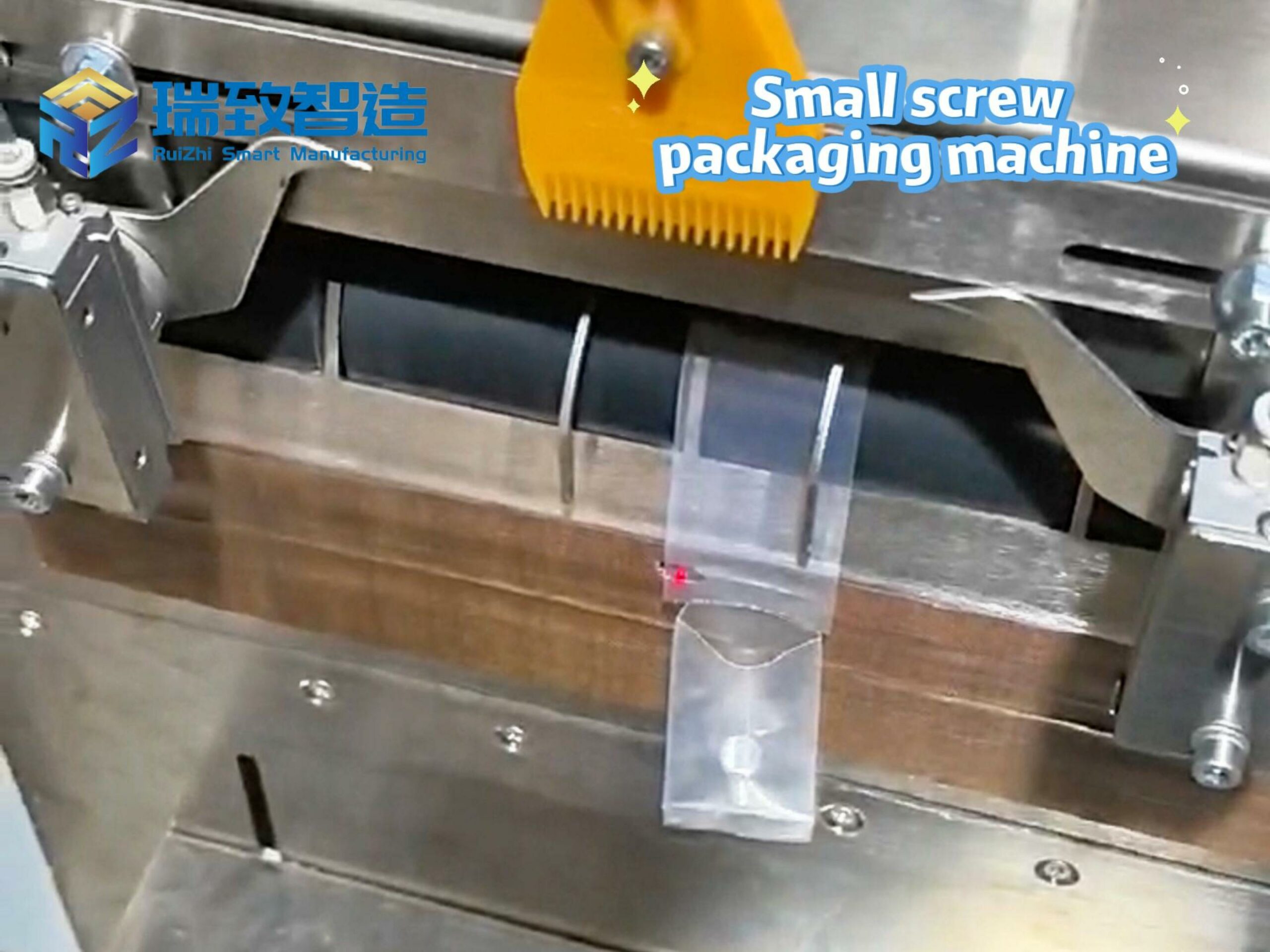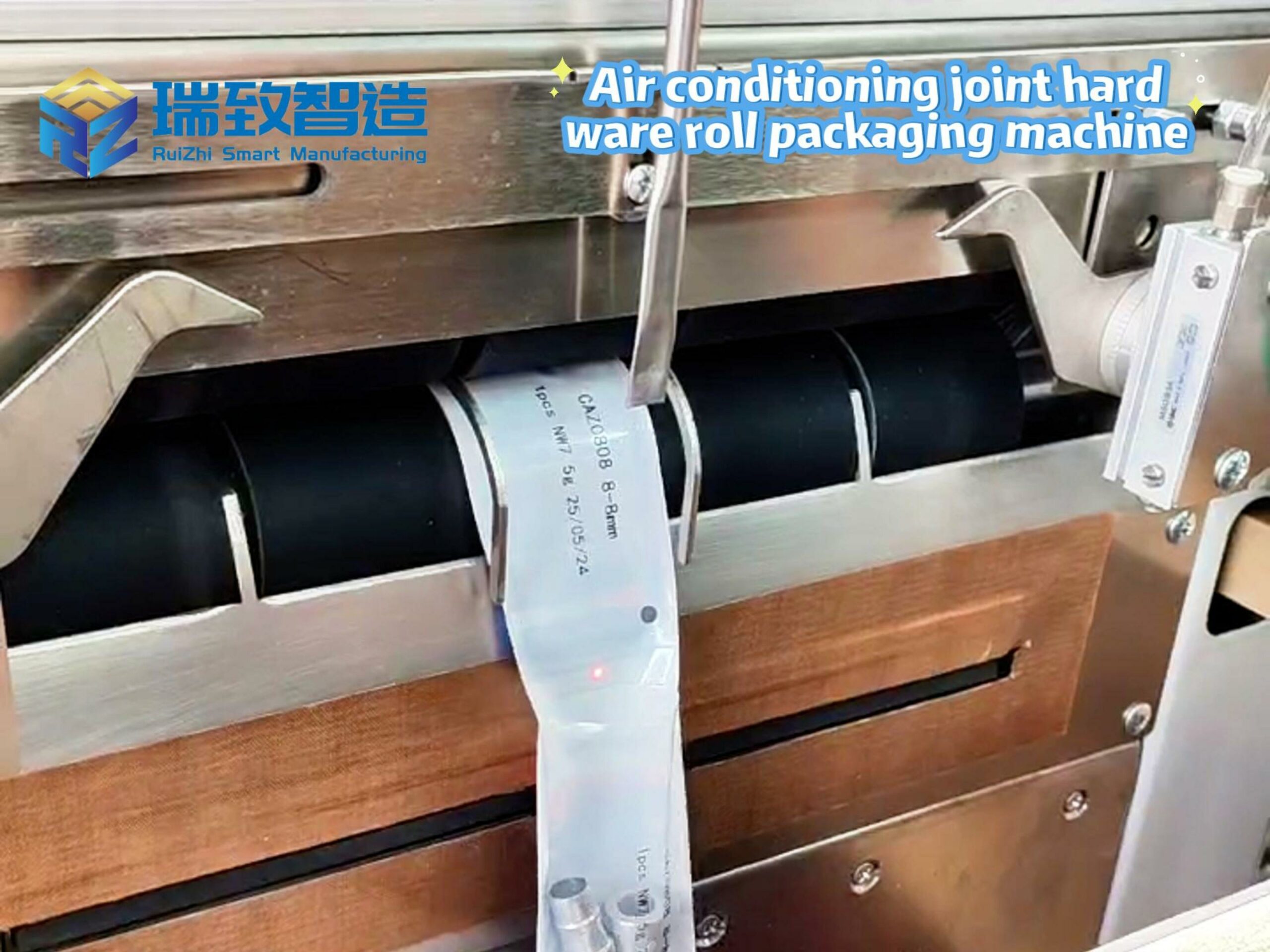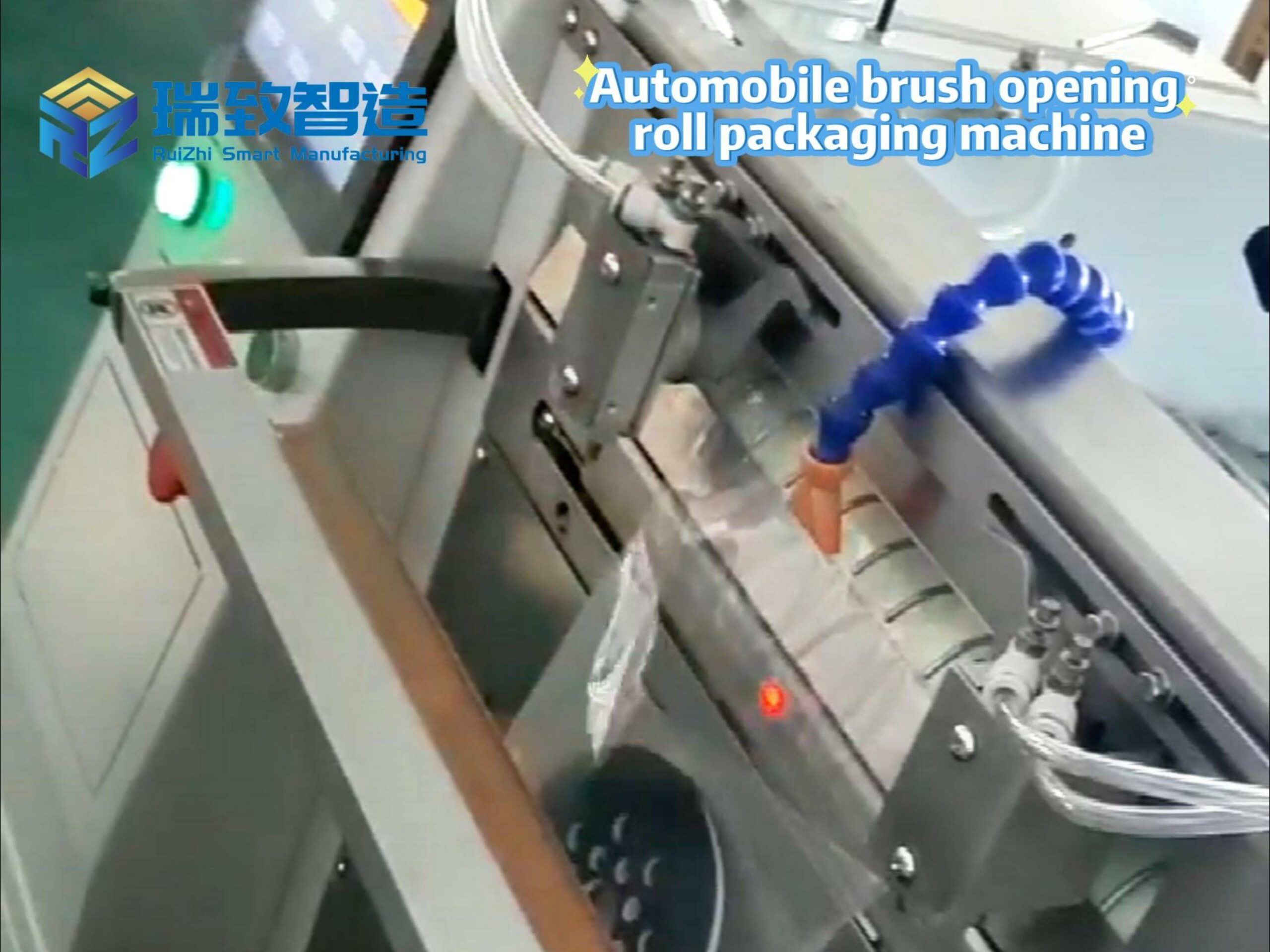Table of Contents
ToggleFlexible Automation Production Line Design: Cracking the Dilemma of Multi-Variety Production

In today’s manufacturing landscape where “multi-variety, small-batch” production has become the norm, the concept of “one production line = N products” is no longer a vision but a survival necessity. The core of a flexible automation production line lies in its “modular architecture + intelligent scheduling,” enabling the line to “transform”—efficiently producing single products, quickly switching between varieties, or even conducting mixed-flow production in the same period. From 3C electronics to automotive parts, medical devices to home goods, flexible lines are redefining the boundaries of “economies of scale.”
I. Design Logic of Flexible Production Lines: Hardware “Detachable” + Software “Modifiable” + Process “Adaptable”
The essence of a flexible production line is a “dynamic response system,” achieving “multi-variety compatibility” through three technical breakthroughs:
1. Hardware Modularization: Plug-and-Play Structure
- Mechanical Module Decoupling:
- The production line adopts a “guide rail + standardized bracket” design. Through quick-release interfaces (e.g., dovetail grooves, quick-lock bolts), equipment layout can be reorganized within 2 hours (e.g., switching from a mobile phone line to a tablet line only requires changing fixtures and adjusting guide rail length).
- End effectors are equipped with quick-change devices (e.g., Schunk QC2 robot quick-change, switching time <10 seconds), enabling free switching between grippers, welding torches, and suction cups to adapt to different workpieces (e.g., mobile phone frames → tablet casings → smartwatch bodies).
- Equipment Redundancy Design:
- Robots reserve 30% load redundancy (e.g., selecting an 8kg robot for a 5kg actual load) to accommodate future product weight increases.
- Conveyor speed supports stepless adjustment (0.5–5m/min) to match production beats of different products.
2. Software Flexibility: One-Click Programming Switching
- Parametric Process Library:
- Pre-set “product–process” mapping (e.g., injection molding parameters for phone cases: 80bar pressure, 50mm/s speed; for tablet cases: 120bar pressure, 30mm/s speed). Switching products only requires calling corresponding parameters, reducing programming time from 4 hours to 10 minutes.
- Integrated graphical programming interfaces (e.g., Rockwell FactoryTalk, Siemens TIA Portal) allow workers to generate programs by dragging “pick, assemble, inspect” modules, requiring no coding skills.
- Intelligent Scheduling System:
- Dynamically assigns tasks based on ant colony algorithms (e.g., automatically planning optimal paths for multi-robot collaboration, reducing collision probability by 30%).
- Monitors line status in real time (equipment availability, material inventory) and triggers “material shortage alerts” and “maintenance reminders.”
3. Process Adaptability: Dynamic Quality Assurance
- Adaptive Control Technology:
- In injection molding, real-time mold temperature feedback + pressure closed-loop control automatically compensates for process fluctuations caused by product switching (e.g., when mold temperature fluctuates by ±5°C, pressure adjusts by ±10bar to ensure yield rate).
- In welding, laser power switches automatically based on workpiece material (e.g., stainless steel → aluminum alloy, power adjusts from 1,500W to 800W) to avoid over-welding/under-welding.
- Quality Traceability Closed Loop:
- Each product batch is bound to a unique ID (QR code/RFID), recording production parameters (pressure, temperature, time) and inspection data (dimensions, defects) for “forward tracing of production processes and reverse location of quality root causes.”
II. Case Study: “Flexibility Revolution” in a 3C Contract Manufacturer
A 3C contract manufacturer producing 20 mobile phone models, 8 tablet models, and 12 smartwatch models faced 困境 with traditional lines due to “slow changeovers and poor compatibility”:
Pre-Transformation Pain Points
- Low changeover efficiency: Replacing fixtures and debugging programs took 2 hours/switch, with production line downtime accounting for 40%.
- Low equipment utilization: Single-product production ran at full load, but multi-variety switching led to daily availability of only 60%.
- High costs: Multiple lines for different products resulted in 30% equipment idle rate and over ¥10 million in inventory backlog.
Flexible Production Line Solution
- Hardware Layer:
- Established a “guide rail + modular bracket” architecture, with fixtures replaceable within 3 minutes via quick-lock interfaces.
- Six-axis robots with quick-change devices switched grippers/suction cups in 10 seconds, adapting to mobile phone curves, tablet planes, and watch arcs.
- Software Layer:
- Built a “32-product process parameter library,” enabling parameter calling via QR code with programming time <5 minutes.
- The scheduling system monitored 6 robots and 8 conveyors in real time, dynamically allocating tasks (e.g., automatically adjusting production sequences when tablet orders were inserted into the mobile phone line).
- Process Layer:
- Visual guidance positioning (accuracy ±0.05mm) compensated for positioning errors of multi-variety workpieces.
- Full-process quality traceability bound each product to an ID, recording 100+ production parameters with defect traceability precision reaching “second-level, station-level.”
Post-Transformation Achievements
| Dimension | Before Transformation | After Transformation | Improvement |
| Changeover Time | 2 hours/switch | 10 minutes/switch | ↓91.7% |
| Equipment Availability | 60% | 95% | ↑58.3% |
| Production Cost | 3 single-product lines | 1 flexible line | ↓66.7% |
| Yield Rate | 96% | 99% | ↑3.1% |
III. Three Key Steps for Implementing Flexible Production Lines
From solution design to stable operation, flexible lines must overcome challenges of “balancing flexibility and cost, coordinating multi-variety synchronization”:
1. Requirement Diagnosis: Identifying “Flexibility Targets” with VSM
- Value Stream Mapping (VSM): Draw production line flowcharts to mark “changeover time, waiting time, process fluctuation points” (e.g., a line with 35% changeover time becomes the primary optimization target).
- Product Clustering Analysis: Categorize multi-variety products by “dimensions, processes, beats” (e.g., grouping mobile phones/tablets as “large-screen categories” to share 80% hardware modules), reducing module types.
2. Solution Design: Risk-Free Transformation Preview via Digital Twin
- Virtual Modeling: Recreate line layout, equipment actions, and material flow 1:1 in digital twin platforms (e.g., Dassault 3DEXPERIENCE, Siemens Plant Simulation).
- Scenario Simulation:
- Test extreme scenarios (e.g., switching 3 products simultaneously, sudden material shortages) to verify scheduling system responsiveness.
- Simulate process fluctuations (e.g., mold temperature ±10°C) to validate adaptive control algorithm compensation.
- Cost simulation: Compare ROI of “fully flexible” vs. “semi-flexible” solutions (e.g., ¥12 million for full flexibility vs. ¥8 million for semi-flexibility, choosing the optimal solution based on order forecasts).
3. Debugging and Optimization: Evolving from “Changeable” to “Stable Production”
- Beat Synchronization Debugging:
- Synchronize robot and conveyor speeds via electronic cam technology (e.g., conveyor at 3m/min, robot picking speed matched to 1 cycle/2 seconds) to avoid “waiting waste.”
- Establish a “beat balance matrix” recording production beats of each product (e.g., 20s/unit for phones, 30s/unit for tablets), with the scheduling system automatically arranging production.
- Process Verification Closed Loop:
- For each product switch, collect process data (pressure, temperature, dimensions) from the first 100 units, compare with the parameter library, and automatically correct deviations (e.g., if actual dimensions are 0.1mm larger, pressure is automatically reduced by 5bar).
- Manually review the first-piece product and trigger mass production after confirming quality to avoid “scrap upon switching.”
IV. Future Trends: AI-Driven “Self-Evolving Production Lines”
The next frontier for flexible lines is “AI self-adaptation”:
- Demand forecast-driven: LSTM algorithms predict order fluctuations (e.g., automatically adjusting line flexibility levels before “618” and “Double 11”).
- Self-diagnosis and self-repair: Equipment identifies potential failures (e.g., bearing wear 预警 72 hours in advance) through vibration and temperature data, and automatically switches to backup modules.
- Human-machine co-creation design: Workers provide real-time process feedback via AR glasses, and AI optimizes line layout automatically (e.g., adjusting robot paths to reduce energy consumption by 5%).
The essence of flexible automation production lines is “making lines into ‘living systems'”—no longer fixed production units, but “manufacturing 生命体” that sense demands and adjust dynamically. As more enterprises break through the technical barriers of “flexible design,” the cost disadvantage of multi-variety production will reverse, becoming a weapon for differentiated competition.
“toilet cover automatic” “automatic toilet japan” “toilet cover machine”

